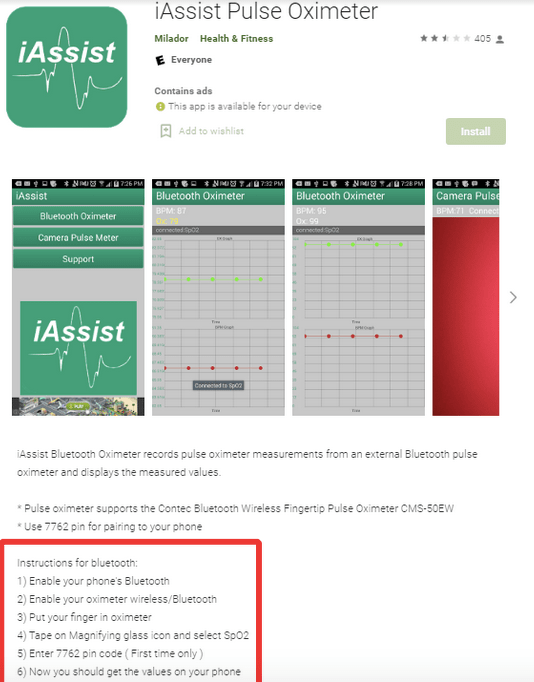Amidst several self-check methods that you can use to test yourself for COVID 19, one that has especially become popular is the use of an oximeter, a device that is used to check the blood oxygen levels in your body. If it falls below a particular level, you should immediately consult a healthcare specialist. Putting it simply, if SPO2 or blood oxygen levels are to be measured, and Oximeter is an accurate and the most trusted way that even doctors recommend. However, people are turning to questionable and debatable apps, many of which are available free of cost. What’s even more alarming is that hackers and cybercriminals are rolling out fake oximeter apps, falling prey to which a user may put his or her online identity in jeopardy.
The Actual Bone Of Contention –
Whether or not an app can accurately measure your blood oxygen levels is a topic of debate amongst healthcare experts. But, what’s even more alarming is that some malicious and fake oximeter apps are stealing user data.
Don’t miss the Tweets about your Tweet.
Now on iOS, you can see Retweets with comments all in one place. pic.twitter.com/oanjZfzC6y
— Twitter (@Twitter) May 12, 2020
A fake oximeter app may ask you to capture your fingerprints, which is indeed critical biometric data that is used as a password alternative to unlocking phones. As many cyber experts warn – a cybercriminal can use your fingerprint to the first barge into your smartphone which is a storehouse of critical personal data. Apart from laying hands on your photos, documents, audio, and video files, if you carry an e-wallet, a banking app, or even receive SMSs about your bank account (which you probably do), the hacker might not even spare your bank accounts.
Fake Oximeter Apps In Action – How Do They Work?
Let’s say you clicked on a malicious link, here’s what could happen –
|
Source: tribuneindia.com
But, What About Apps Listed On Safer Platforms Such as Google Play and App Store?
Scammy URLs and forwarded WhatsApp messages can still ring a bell and you probably would not even click on them.
But, what about several apps that are listed on popular and trusted platforms like Google Play Store (Android) and App Store (iOS)? For this let’s get a broad idea of how these apps function.
Walter Schrading, director of the office of wilderness medicine at the University of Alabama at Birmingham School of Medicine, and few other colleagues conducted a study on three iOS oximeter apps and these were their findings –
Don’t miss the Tweets about your Tweet.
Now on iOS, you can see Retweets with comments all in one place. pic.twitter.com/oanjZfzC6y
— Twitter (@Twitter) May 12, 2020
Broadly, Devices send two wavelengths of light – red and infrared through your fingertip to an area where there is lots of blood. Your hemoglobin absorbs more infrared light when carrying oxygen and more red light when not carrying oxygen. The device then calculates the difference to ascertain how much oxygen is being circulated in your body. Most smartphones use white light which means they cannot get an accurate reading. Talking of Samsung smartphones, they use red light but only use one wavelength, which means the reading will still be unreliable
(Source:https://www.theverge.com/2020/4/23/21232488/blood-oxygen-apps-iphone-samsung-unreliable-fitbit-garmin-oximeter)
Now, some apps connect with a physical oximeter via Bluetooth. In simple terms, it is the oximeter that does all the work, measures your SpO2 levels, and then flashes the results on your smartphone.
Take an example of iAssist Pulse Oximeter

As you can see from the aforementioned screenshot, you will have to enable Bluetooth on your oximeter and enable Bluetooth on your phone as well.
Wrapping Up
The pandemic is still around, and to gather accurate information on aspects such as SpO2 levels, heartbeat, and the condition of your lung it is better to rely on actual oximeters which are clinically approved. Secondly, you should not under any circumstances click on suspicious, unverified URLs that claim that they can tell you accurately about your health condition. If you found the information to be helpful, give it a thumbs up.


 Subscribe Now & Never Miss The Latest Tech Updates!
Subscribe Now & Never Miss The Latest Tech Updates!